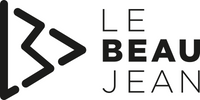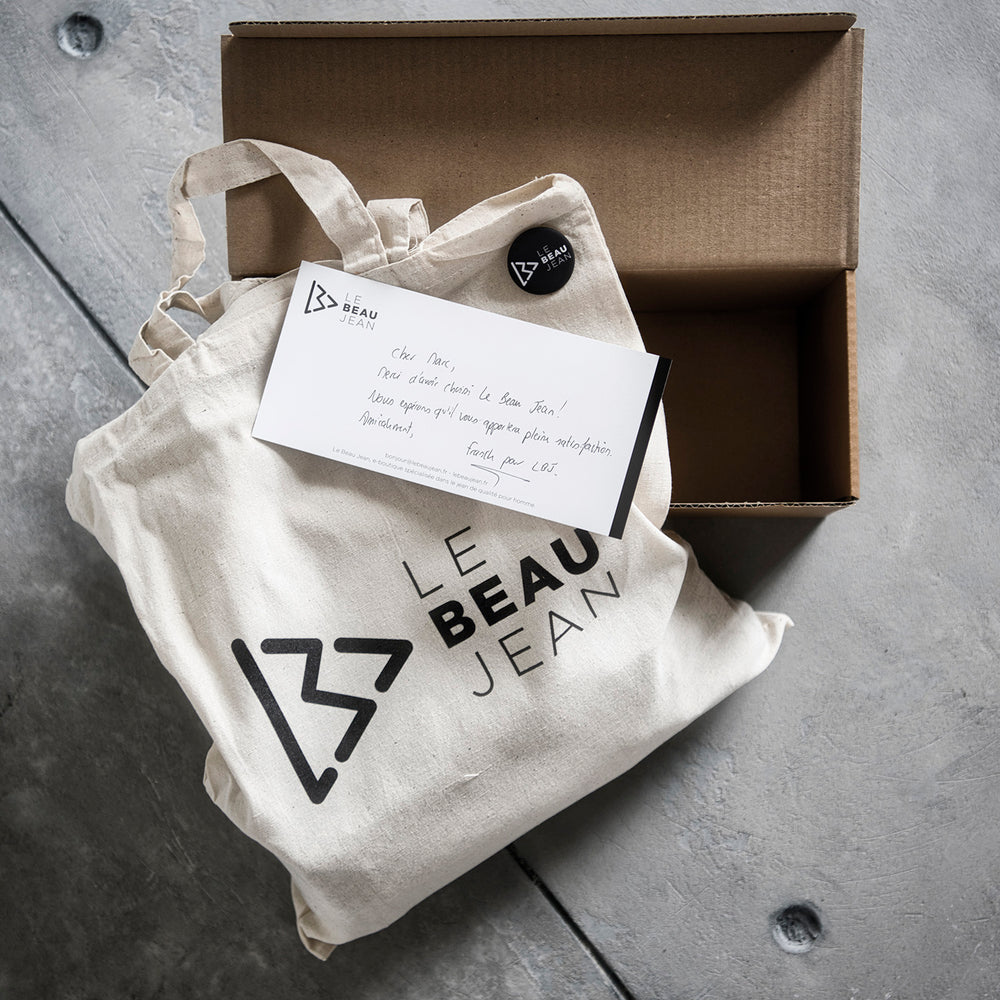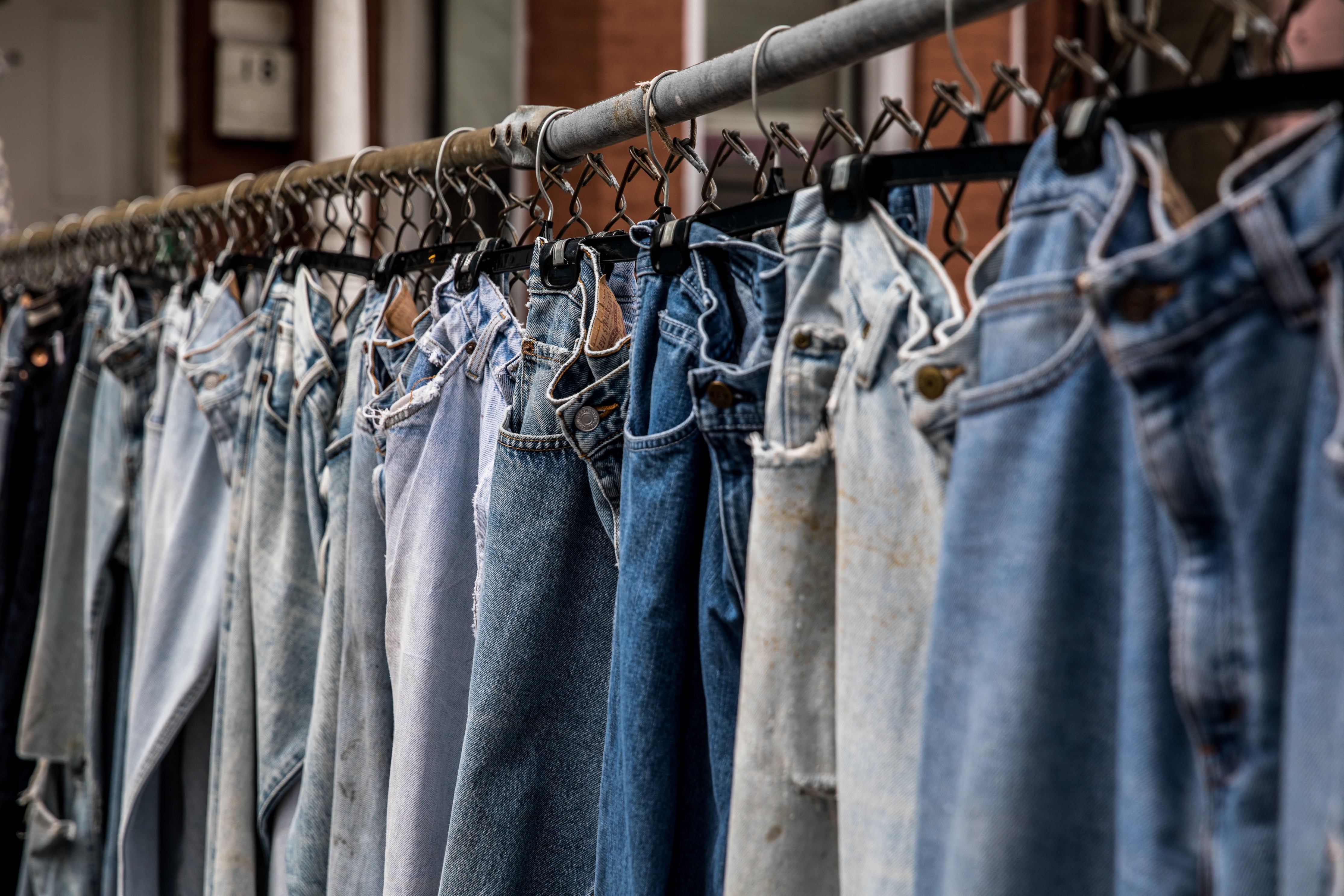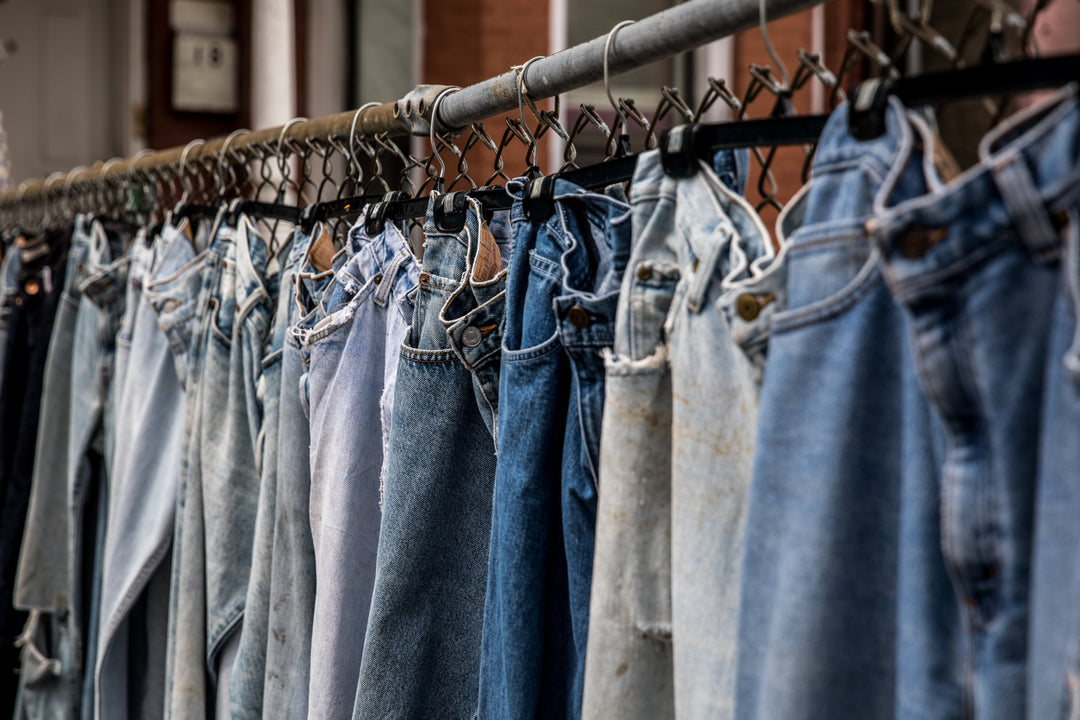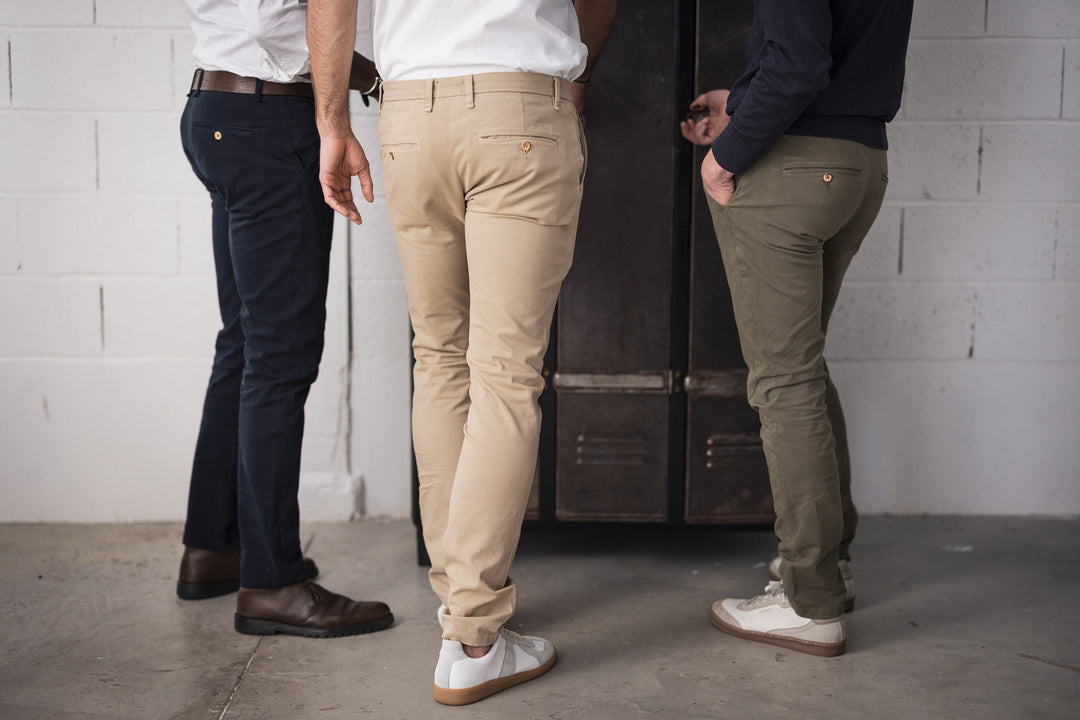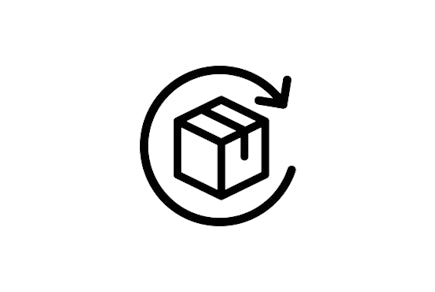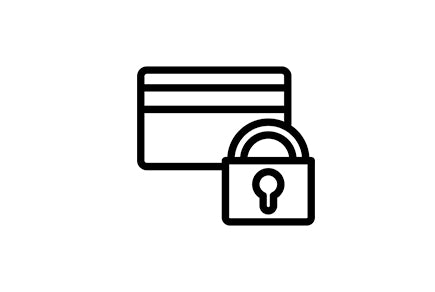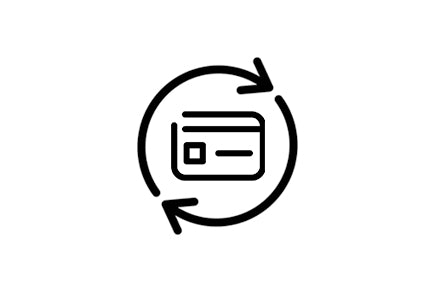Since September 9, 2025, the texts of the decree and order relating to Article 2 of the Climate Law have been published in the Official Journal. A major step: the display of the French environmental cost of clothing can now be deployed, on a voluntary basis, and will come into force from October 1.
Official signage for greater transparency
This is what the environmental signage that will accompany textile products looks like:

At Le Beau Jean, this development is timely. Thanks to our recent impact study, you'll soon be able to find this labeling on the product pages of three of our flagship pants: the mid-blue jeans, the navy chinos, and the raw selvedge jeans.
It remains to be seen how brands will adopt this display in the coming months. Will it be a simple label or a real lever for eco-design, enhanced traceability, and a change in consumer behavior?
Ultimately, the mandatory display will be that of the PEF (Product Environmental Footprint), a European method still being defined, and planned for 2029. In the meantime, this French version constitutes a major step forward - even if its optional nature and the future evolution of the method limit its scope.

Measuring environmental impact from end to end
The display is based on a complete analysis of the product's life cycle: from the cultivation of raw materials to the end of life, including weaving, dyeing, manufacturing, transport, and use.
Thanks to the Ecobalyse tool, any player in the textile world can quantify the environmental impacts of their products according to several criteria:
- Global warming (kg CO₂ equivalent),
- Consumption of resources (energy, water, fossil resources),
- Air and soil pollution,
- Potential release of microfibers.
Ecodesign: rethinking fashion with rigor
Ecodesign isn't just a buzzword. It's a concrete approach to designing more sustainable clothing, every step of the way:
- Choice of responsible materials (organic cotton),
- Optimization of processes (dyeing, manufacturing, transport),
- Selection of producing countries with a favorable electricity mix,
- Lightening of products to reduce resource consumption,
- Extended lifespan thanks to timeless cuts and robust materials.

Why did Le Beau Jean launch an environmental impact study?
Since its inception in 2018, Le Beau Jean has been dedicated to reconciling elegance and responsibility. Founded by three friends tired of poorly tailored and unsustainable jeans, the brand designs pants that flatter your figure while respecting the planet.
To go further, we entrusted Lucioles Conseil with an environmental impact study on three references. Objectives:
- Accurately measure the impact of each product,
- Identify levers for improvement (materials, manufacturing, transport, etc.).
This approach is part of a desire for transparency, continuous progress and consistency with our values: high standards, taste, sustainability and commitment.
Articles that may interest you
- The eco-design of Le Beau Jean trousers: elegance and responsibility
- Le Beau Jean takes responsibility
- Recycling or upcycling: which route should you choose for sustainable trousers?
- Le Beau Jean and Corporate Social Responsibility
- A story of jeans
Subscribe to our newsletter to be the first to know about our latest news:
